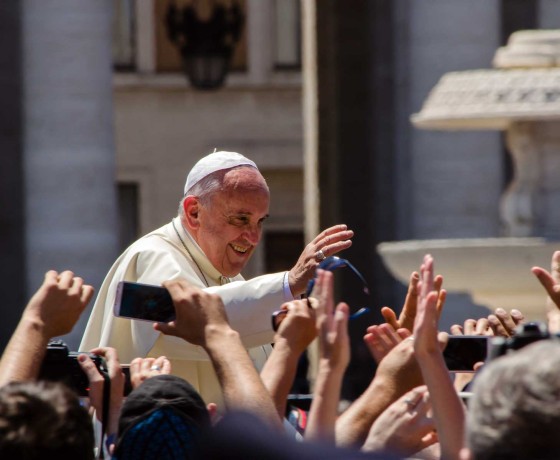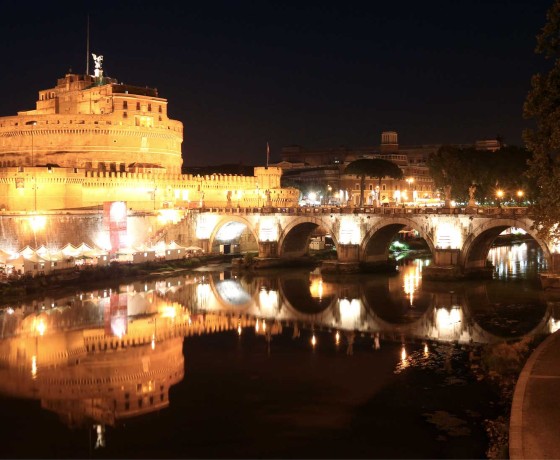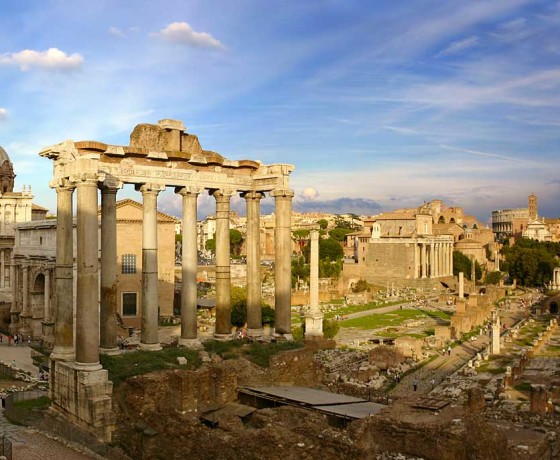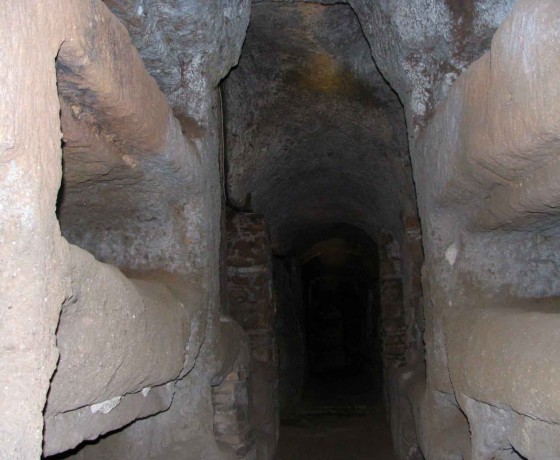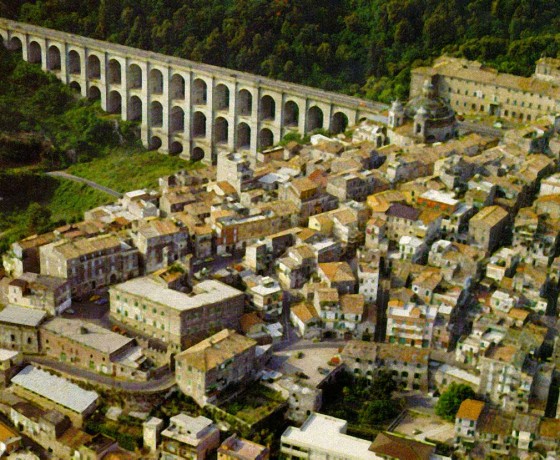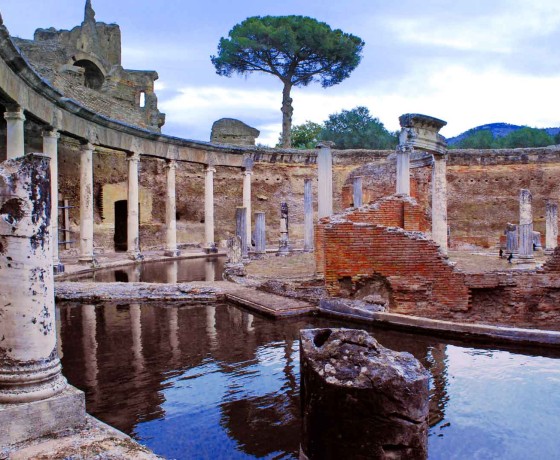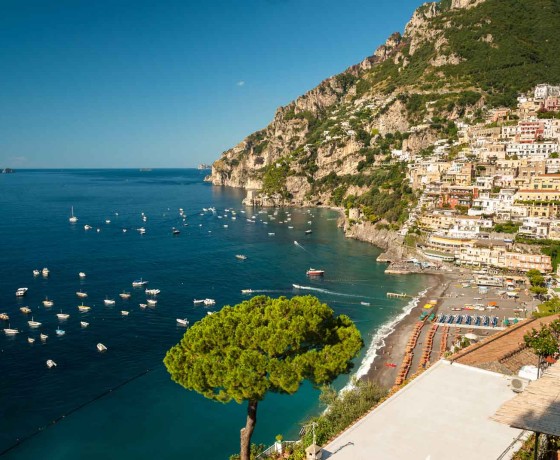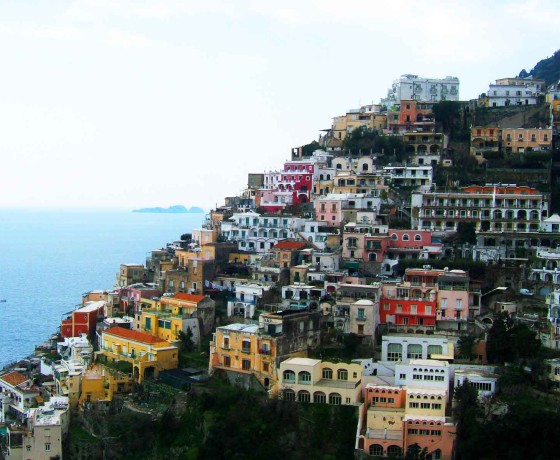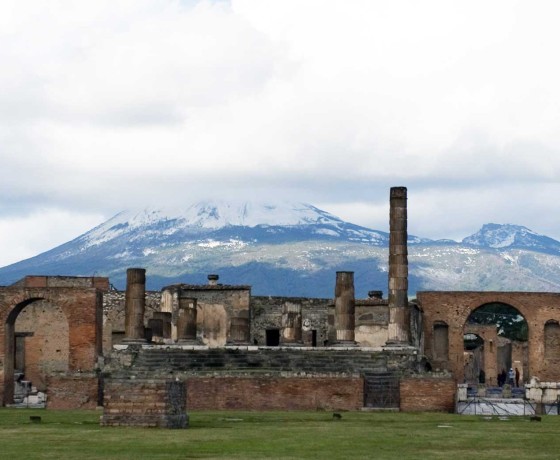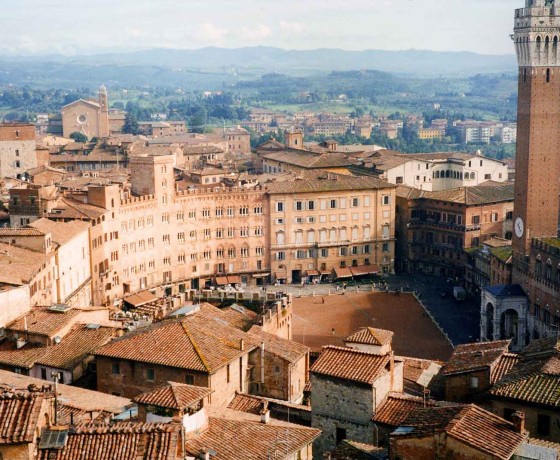Eighteen-hundred years ago, no one was allowed to be buried within the walls of Rome. While pagan Romans were into cremation, Christians preferred to be buried. But land was expensive and most Christians were poor. A few wealthy landowning Christians allowed their land to be used as burial places. These became the Catacombs.
The 40 or so known catacombs circle Rome about three miles from the center
From the first through the fifth centuries, Christians dug an estimated 360 miles of tomb-lined tunnels with networks of galleries as much as five layers deep. The Christians burrowed many layers deep for two reasons: to get more mileage out of the donated land and to be near martyrs and saints already buried there. The tufa — soft and easy to cut but becoming very hard when exposed to air — is perfect for the job. Bodies were wrapped in linen (like Christ was). Since they figured the Second Coming was imminent, there was no interest in embalming the body.
When Emperor Constantine became a Christian in 312, Christians had a new, interesting problem. There would be no more persecuted martyrs to bind them and inspire them. Thus the early martyrs and popes assumed more importance, and Christians began making pilgrimages to their burial places in the Catacombs.
Finding plates and utensils from ritual meals in the candlelit galleries led romantics to guess that persecuted Christians hid out and lived in these catacombs. This romantic legend grew. But Catacombs were not used for hiding out. They are simply early Christian burial grounds.
With a million people in Rome, the easiest way for the 10,000 or so early Christians to hide out was not to camp in the Catacombs (which everyone, including the government, knew about), but to melt into the city.
The underground tunnels, while empty of bones, are rich in early Christian symbolism which functioned as a secret language.
The catacombs have a Web site focusing mainly on San Callisto, featuring photos, site info, and a history.
The tour is for individuals as well as for small groups; it includes authorised private guide and private car transfers.












